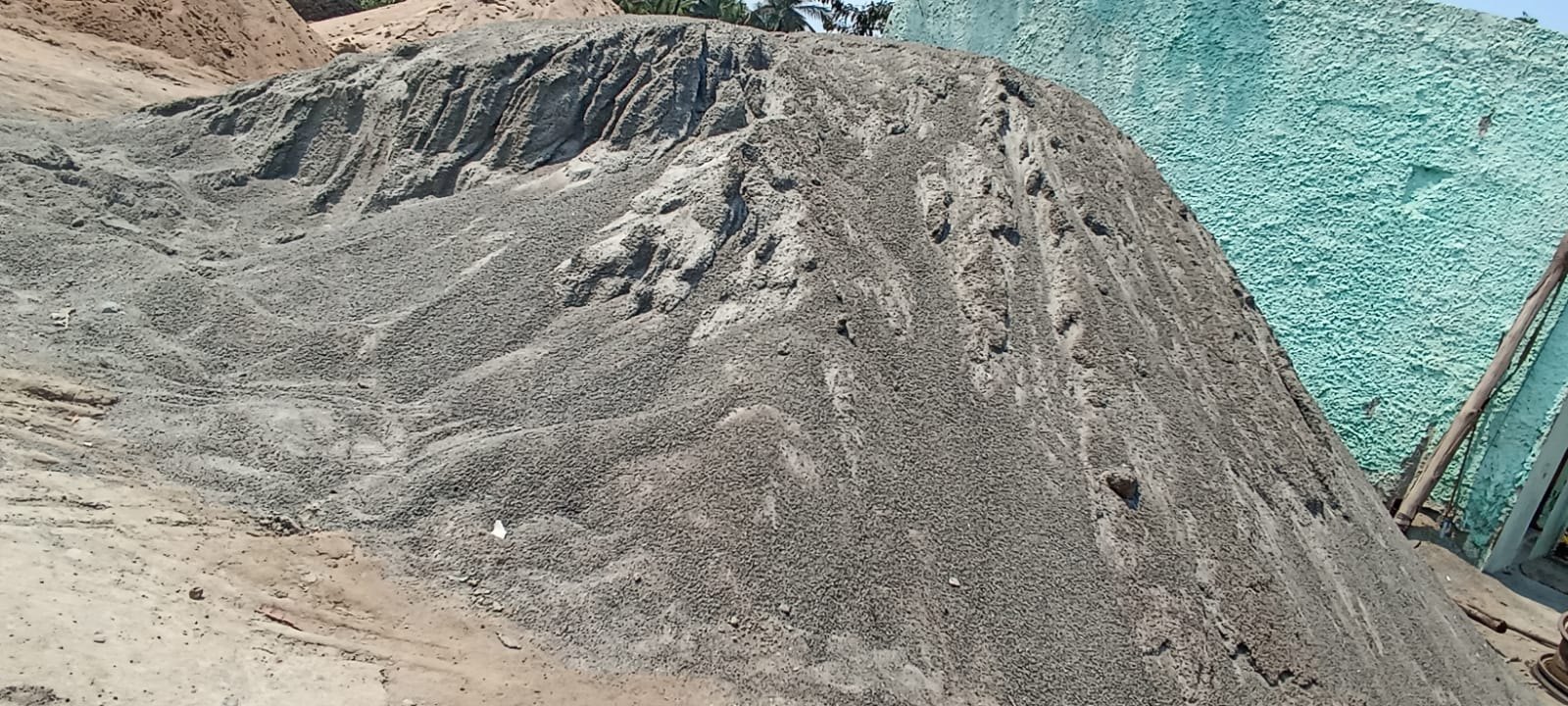Sustainable Construction Methods: Integrating Durability for Lasting Environmental Impact
Durability is a crucial factor in sustainable construction, helping to ensure that buildings can continue to perform their purpose over time. Insufficient durability could result in significant expenses to repair or rebuild, along with environmental impact.
It can also lower the cost to maintain by reducing unexpected maintenance time. This is especially important for heavy equipment like cranes.
Importance
One of the key components of building efficiency is how well construction materials and structures resist degeneration. Durability can be a result of several factors, including choice of the raw material and quality control, as well as design considerations and maintenance practices.
For example, concrete and steel are highly durable building materials, which can withstand the natural ageing of the components they are made of over the course of. The building materials that are used construction can be recycled, which contributes to its sustainability.
Low maintenance and durability are often synonymous. As an example, a concrete structure requires little maintenance during its lifetime compared to wooden structures that might need regular painting. Consider the durability of buildings since they could reduce annual environmental impacts.

Factors Influencing Material Longevity
The longevity of construction materials is influenced by numerous variables. In the absence of precise specifications it’s difficult to determine the life span of a structure. But, structures which are built to last can be used for 30 or more years prior to major repairs becoming essential.
Construction practices and the quality of materials used in construction affect the long-term durability of the construction. Concrete is a strong material if it’s correctly put in place, then cured and shaped. Security measures such as impressed current cathodic shielding can also extend the life of steel as well as reinforced concrete parts.
It is typically a sign of strength. For instance, exterior siding that requires painting often isn’t as sturdy as window frames made of pultruded fiberglass and sash which need minimal maintenance in order to fulfill their job over a lengthy duration of time.
Strategies to Enhance the Durability of Materials
The most durable construction materials gia da hoc are suitable for any project, whether it is constructing an ultra-high-rise structure or crafting furniture. For the best durability of a product proper planning and implementation is required. Here are some suggestions to maximize the durability of products
Designing for durability from the start. The modular design allows for parts to be exchanged and repaired. This increases the longevity of the product as well as reduces the consumption.
The lab tests durability for a better understanding of what problems exist and the best way you can address these. Informing consumers about product longevity to encourage more eco-friendly consumption.
Reduce return rates by reducing the cost of maintenance, and keeping downtime to a minimum for a reduction in operational expenses. When investing in long-lasting projects, businesses can reduce inefficiency, improve inventory management and redistribute resources to other processes. Durable projects reduce recurring costs and increase yield on investment. It helps companies achieve objectives in terms of finances and ensure sustainable success over time.
Environmental Impact of Construction Materials
The construction industry requires many resources, as well as generates plenty of debris. The chemical used in the construction site, and diesels used in diggers, trucks and building materials also have an effect on the environment.
Built with durability can lessen their environmental footprint through spreading out the initial embodied impact over a longer period of time. They also require lower maintenance, which decreases the use of new material and energy.
Natural building materials like straw, timber, cob, rammed soil, and clay are low-impact. These materials can be located at a nearby location or even on the premises. They’re usually less costly to build with and do not require factories for their production or large transportation distances to be delivered on your property. They can also be recycled in a way that reduces their environmental impact.
Maintenance Practices for Construction Materials
Equipment for construction requires frequent maintenance to ensure safe and efficient running. This involves the lubrication of equipment in order to reduce wear and friction aswell as calibration load capacity indicators to avoid overloading that could cause injuries or cost-intensive damages.
The maintenance practices of a company have an enormous impact on the life of equipment and also on the worth of resales. Well-maintained machinery lasts longer and performs more effectively which means avoiding costly breakdowns and lessening the duration of projects.
Mechanically caused failures are the most common cause of failures of heavy equipment, but it can be avoided through routine maintenance and preventative inspections. The most expensive cost is in direct operating expenses in terms of mechanical costs and equipment downtime, and it can also cost indirectly through the loss of productivity.